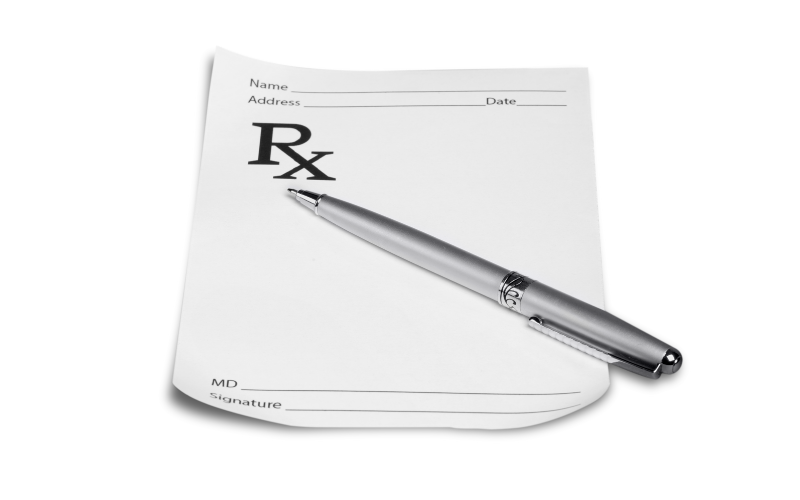As the impact of the current events has unfolded you may have experienced changes in the availability of your dermatologist’s clinic hours and a much needed in-person visit with your dermatologist might have been postponed. But thanks to modern technology, you can video conference with your doctor face to face through telemedicine or a teledermatology visit. You can also send them photos to review to help assist you with your skin issue.
During these unprecedented times, most outpatient physician offices have been asked to keep visits in the office to essential, urgent, or emergency visits only. Many have been forced to reschedule routine visits to later this summer when we anticipate restrictions like this might be lifted.
However, many physician offices, including dermatologists, have started offering telemedicine visits. With this technology, you can still “see” your dermatologist with a smartphone or laptop and should not hesitate to reach out! Teledermatology isn’t new and it’s likely here to stay as it’s a convenient option to get the medical care you need from the comfort of your own home.
8 Ways to Get the Most out of Your Teledermatology Video Services
Many dermatology offices across the country are currently offering the ability to see your dermatologist remotely over video conferencing and/or photos. If you decide to schedule a teledermatology video visit with your dermatologist, here are my top 8 tips on how to maximize your video visit:
1. Be on Time

Log in 10-15 min prior to starting and waiting in the “online waiting room” until your dermatologist is ready and available. There is likely someone scheduled before and after your visit, so you want to make the most of the time online.
It’s easy to forget a doctor’s visit when it’s online vs. going there in person, so be sure to write down the date and time you are scheduled. Set a reminder on your phone for 10 minutes before to make sure you are logged in and in the virtual waiting room before your scheduled time.
2. Choose a Quiet Room With Lots of Light
Your dermatologist will be asking you a lot of questions as they would in a regular office visit, so make sure:
- Your microphone works
- There is minimal background noise
- Others in your home or office know not to interrupt a private call with your doctor
Many people are worried their camera isn’t good enough, but the truth is the lighting is more important than the camera! Check that the lighting in the room is in front of you and not behind you and sit facing a window if at all possible.
Also, practice moving your computer’s or phone’s camera to the area of your skin concern to ensure it is visible on the screen. Sometimes a camera is pointing in a different direction and time is lost during the teledermatology visit.
3. Log in Early Check Your Connections

Get the information on how to logon to the platform they want you to use and make sure your camera and microphone are working BEFORE your scheduled visit. This can cut down on wait times. If you want to use bluetooth headphones, make sure they are connected and working before your appointment begins.
Call the office ahead of time and troubleshoot any mobile teledermatology technical difficulties you may be having before your visit so those are worked out ahead of time.
Sometimes the office may call you before your appointment to collect information about your skin concern, confirm you are ready for your teledermatology visit or to let you know if the doctor is running on time. Be sure that your phone and your ringer is on so they can reach you easily.
4. Read and Sign the Consent Form
There are special HIPAA regulations teledermatologists follow to make sure your information stays secure. Go over all pages and send back the signed form provided to you by your dermatologist office before the visit so they don’t have to spend time during your visit addressing this.
5. Take Pictures

Sending a few clear digital images of your skin concern from different angles and views ahead of time so your dermatologist can review them prior to your call. Video sometimes doesn’t accurately show skin lesions and good quality photos combined with video is ideal.
For the best results, use the back (not front-facing) camera on your mobile device in a very well-lit area. Make sure to be very still as the photo is taken so no movement blur obscures what you need your dermatologist to see.
6. Gather All Medical Information
You can send your dermatologist some information on your skin concern ahead of time so they can review it prior to your visit, and have some key facts prepared.
Be sure to have updated health information on your current medications, allergies, and any new health issues that have come up since your last visit. These can be entered into your chart before the visit if they are received ahead of time.
Be prepared with answers to common questions. Your dermatologist will likely need to know a few things about your skin condition:
- When did it start? How long has it been there?
- Is it getting worse? Growing? Spreading? Staying the same? Getting better?
- Does it come and go?
- What have you tried on it so far? Did it help? How long did you use it?
- What makes it worse? What makes it better?
- Is it itchy? Bleeding? Sore? Painful?
- Any other information you think might be helpful for them to know
7. Have your pharmacy information ready

Depending on what happens during your teledermatology visit, be prepared with your pharmacy information on hand — in case your dermatologist wants to send in a prescription.
8. Schedule a Follow-Up
After your visit is over, call the office and schedule your follow-up appointment as discussed with your dermatologist to ensure timely follow up.
The Future
Depending on the circumstances where you live, there might not be a timeline for when “normal” returns. Healthcare professionals have the ability, with telehealth, to put patients first — in real time. And who knows, maybe this is the beginning of a new era where many dermatology offices will continue to offer teledermatology as a part of their services in the future?
Bottomline is whether it’s a blemish or potential skin cancer, don’t put off your health, reach out, and schedule an appointment, because you matter!
